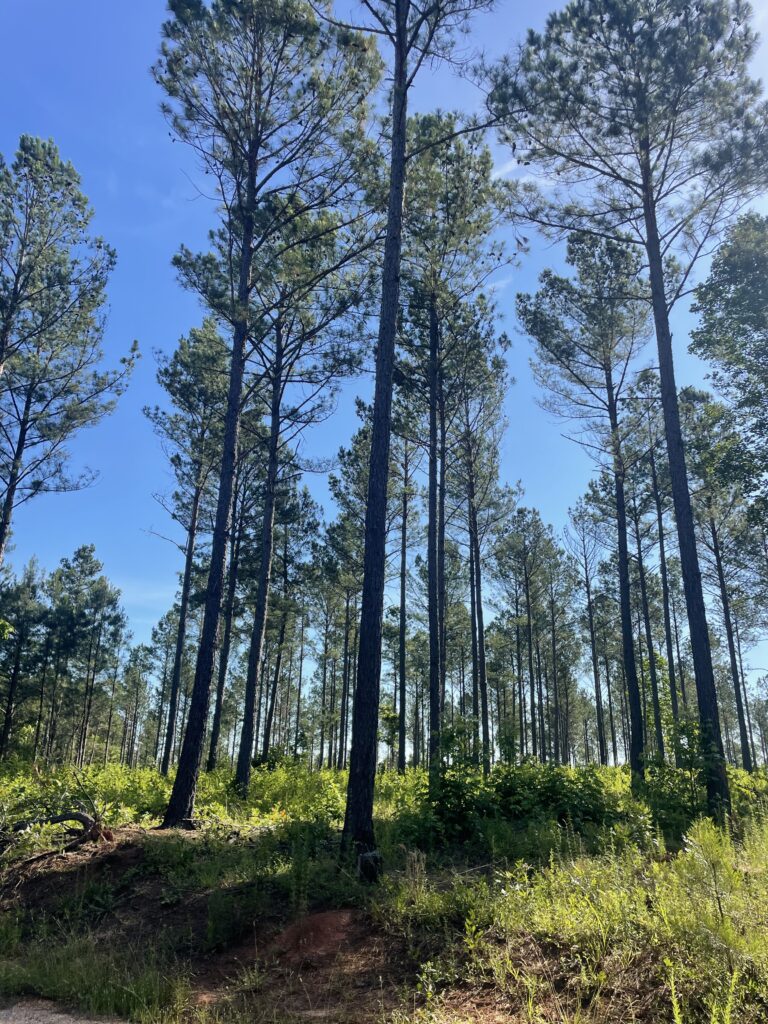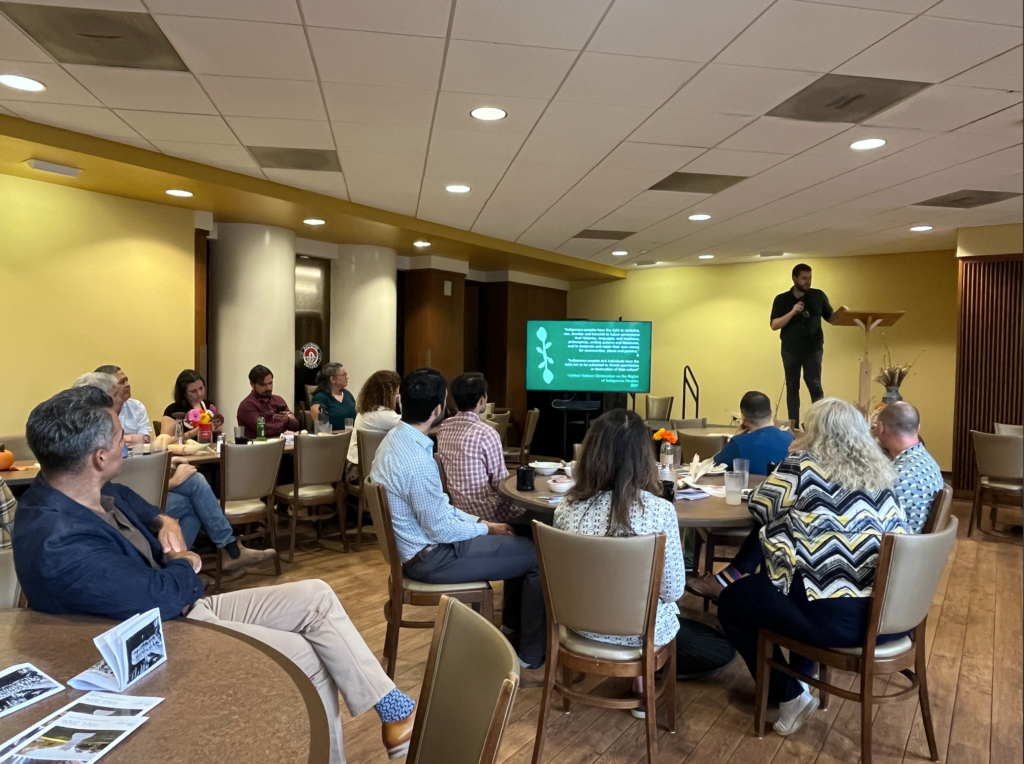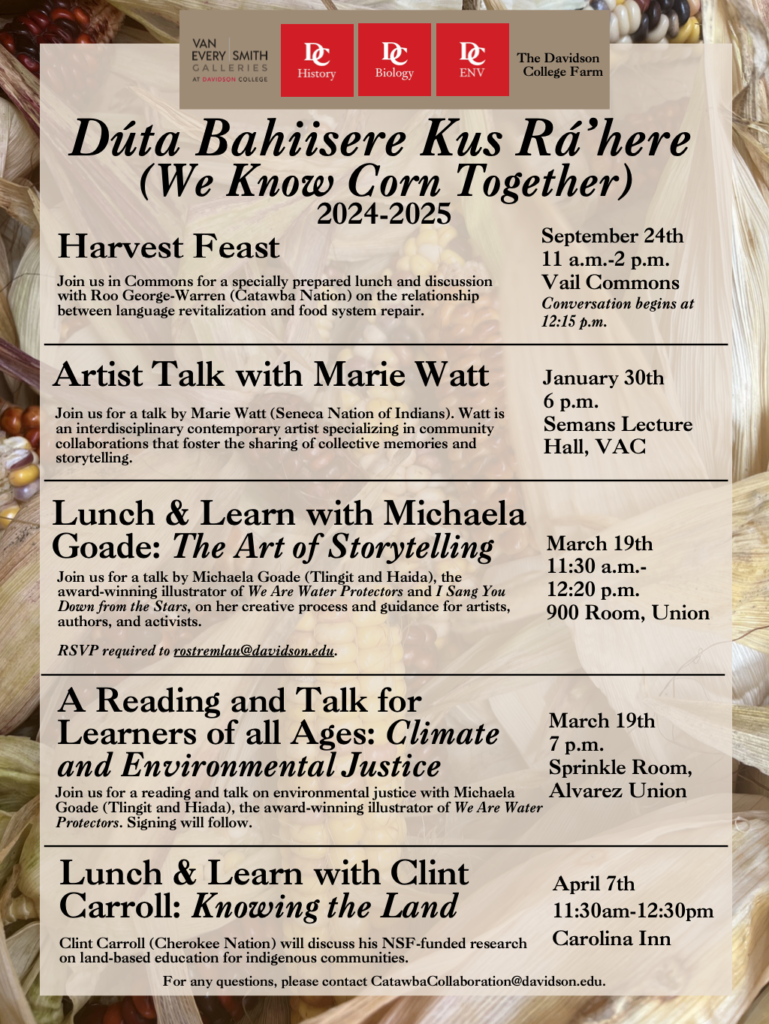
As I move through my senior year at Davidson, I find myself reflecting on the experiences that have shaped my journey. One of the most cherished has been working alongside Dr. Kevin Smith at the Catawba Nation’s Wildlife Preserve. For two summers, and now as part of my senior Environmental Studies capstone, I’ve been involved in surveying various forest stand types. My work has centered around collecting data on trees, shrubs, and forest floor plants, with a focus on understanding how management practices, particularly loblolly pine thinning, affect plant composition and the wildlife populations. Since hunting is a key activity on the preserve, it’s important to see how these changes may impact the deer community. While my results aren’t finalized yet, I have found that the freshly thinned areas are being utilized by deer, as valuable plant species have thrived in the altered landscape. This experience has not only deepened my understanding of forest ecosystems and wildlife but also introduced me to Davidson’s collaboration with the Catawba Nation.

In 2021, the Van Every/Smith Galleries invited Alaska Native artist Nicholas Galanin for an exhibition, which led to the creation of the Unshadowed Land project. On Main Street, a small field was dug by students, faculty, and staff, shaped like Andrew Jackson’s statue in Washington, D.C., and planted with traditional corn, or Kus. This sparked the birth of the collaboration Dúta Bahiisere Kus Rá’here (We Know Corn Together), connecting various Davidson academic departments, the galleries, and the Catawba Nation. Over the years, this partnership has only grown, with more faculty, staff, and students getting involved in various projects.

This past month, as part of the collaboration, the Van Every/Smith Galleries teamed up with the College Farm and the Environmental Studies, Biology, and History departments to harvest the corn. The culmination of this work was realized at the annual Harvest Feast at Vail Commons on September 24th, where an Indigenous chef prepared some of the harvested corn and Catawba Nation’s very own Roo George-Warren discussed the relationship between language revitalization and food system repair.
At the Harvest Feast lunch, students, faculty, and community members all gathered to share a meal centered around the Kus harvested from the college farm and to hear from Roo George-Warren. While eating various inspired stews and desserts we got to hear about the importance of food sovereignty and the preservation of Catawba culture.
Working in relation with the collaboration has been a powerful reminder of how meaningful partnerships can deepen our understanding of land, culture, and community. For more events surrounding the collaboration, keep an eye on the galleries’ webpage.
– Izzy Hernandez ’25
